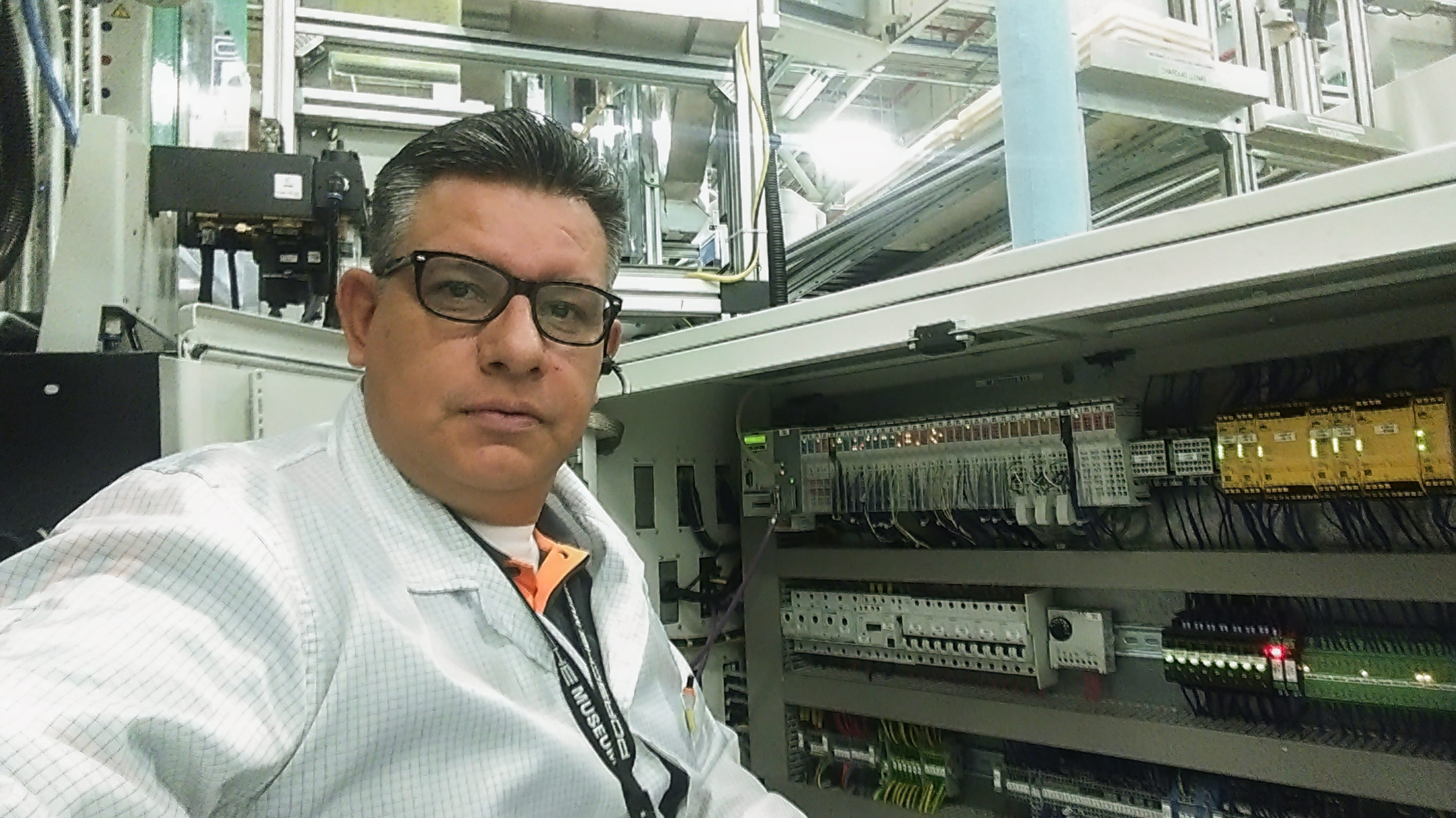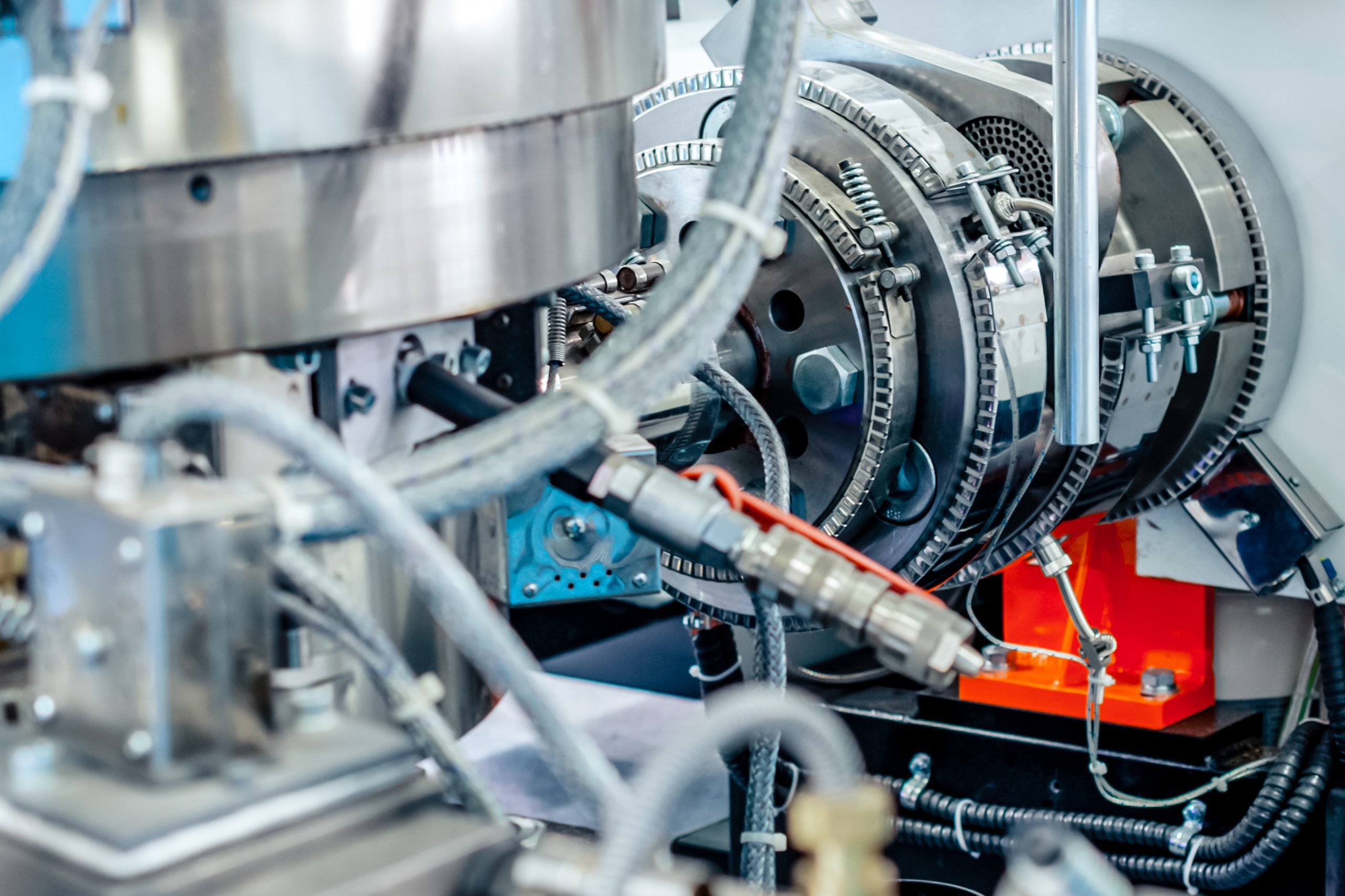For experienced injection molders, dealing with defects like warp and sink marks is a familiar challenge. These issues can compromise the integrity and appearance of the final product, leading to increased scrap rates and costs. Here, we delve into advanced techniques and best practices to minimize these common defects and ensure high-quality parts.
1. Optimize Mold Design
Uniform Wall Thickness: Maintaining a consistent wall thickness is crucial. Variations in thickness can lead to differential cooling rates and internal stresses, causing warping. Aim for uniform walls or gradual transitions if varying thicknesses are necessary.
Balanced Runner and Gate System: Ensure the runner and gate system is designed to fill the mold cavity uniformly. Balanced filling reduces internal stresses and the likelihood of warp. Consider using multiple gates for large or complex parts to ensure even material flow.
Proper Venting: Adequate venting helps eliminate air traps that can cause uneven cooling and shrinkage, leading to warping. Ensure vents are placed in appropriate locations to allow for efficient air escape.
2. Material Selection and Handling
Choose the Right Material: Different materials have different shrinkage rates. Selecting a material with a lower and more uniform shrinkage rate can significantly reduce the risk of warp and sink. For high-precision parts, consider using materials with high dimensional stability.
Proper Drying of Resins: Moisture in the resin can lead to inconsistencies during molding. Ensure that the resin is thoroughly dried according to the manufacturer’s specifications to prevent defects related to moisture content.
3. Optimize Processing Conditions
Controlled Cooling Rate: Implement a cooling system that provides uniform cooling across the part. Uneven cooling can lead to differential shrinkage and warping. Consider using conformal cooling channels in the mold design to enhance cooling efficiency and uniformity.
Adjust Packing Pressure and Time: Properly setting the packing pressure and time can help reduce sink marks. High packing pressure can compensate for material shrinkage in thicker sections of the part. Ensure the packing phase is long enough to solidify the material in critical areas before cooling fully begins.
Melt Temperature Control: Maintaining a consistent melt temperature is essential. Fluctuations can lead to inconsistent material flow and cooling, contributing to warp and sink marks. Monitor and control the barrel temperature settings carefully.
4. Mold Maintenance and Calibration
Regular Mold Maintenance: Ensure the mold is clean and well-maintained. Any wear or damage can lead to uneven pressure distribution and cooling, causing defects. Regular inspections and maintenance can prevent such issues.
Calibrate Machine Settings: Periodic calibration of the injection molding machine is necessary to maintain consistent processing conditions. Ensure that the machine’s hydraulic, electrical, and mechanical systems are functioning correctly and within specified tolerances.
5. Simulation and Testing
Use Mold Flow Analysis: Employ mold flow simulation software during the design phase to predict and address potential issues related to warp and sink marks. These tools can help optimize gate locations, cooling channels, and other critical parameters before actual production.
Prototype Testing: Produce and evaluate prototypes before full-scale production. Testing allows for the identification and correction of potential issues, ensuring that the final mold design and processing conditions are optimal.
6. Post-Molding Techniques
Annealing: For some materials, annealing (controlled heating and cooling) after molding can relieve internal stresses and reduce warping. Ensure that the annealing process is compatible with the material being used.
Part Design Adjustments: If warp and sink issues persist, consider revising the part design. Adding ribs, gussets, or other structural features can help reduce warping by increasing rigidity and promoting uniform cooling.
Conclusion
Reducing warp and sink marks in injection molded parts requires a holistic approach that encompasses mold design, material selection, processing conditions, and post-molding techniques. By implementing these advanced strategies, experienced injection molders can significantly enhance part quality and reduce production costs. Continuous improvement and adaptation to new technologies and methodologies are essential for maintaining high standards in injection molding.



